Introduction
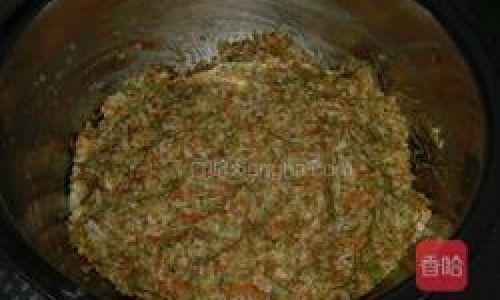
Dumplings are a beloved culinary delight enjoyed across various cultures and regions. From the savory gyoza of Japan to the hearty Russian pelmeni, dumplings encapsulate the essence of comfort food in a bite-sized package. Among the myriad of dumpling varieties, the lotus root and pork dumpling stands out as a unique and flavorful option, blending the crisp sweetness of lotus root with the rich, umami-laden taste of pork. This article will guide you through the process of making lotus root and pork dumpling filling, ensuring that your dumplings are not only visually appealing but also bursting with flavor.
Understanding the Ingredients
Before diving into the recipe, let’s delve into the ingredients that make this dumpling filling special:
-
Lotus Root: Also known as lotus rhizome or renkon in Japanese, lotus root is a versatile ingredient with a crisp texture and slightly sweet flavor. Its unique cross-sectional holes make it visually striking when sliced thinly. In dumplings, lotus root adds a refreshing crunch and subtle sweetness that balances the richness of the pork.
-
Pork: For the filling, we recommend using ground pork, preferably a mix of lean and fatty meat to ensure a juicy and flavorful result. Pork’s fatty acids contribute to the dumplings’ mouthfeel, while its protein content provides structure.
-
Aromatics: Garlic, ginger, and scallions are essential for building a flavorful base. Garlic adds a pungent yet mellow note, ginger provides warmth and a hint of spice, and scallions offer a fresh, oniony flavor.
-
Seasonings: Soy sauce, sesame oil, Shaoxing wine (or dry sherry), salt, white pepper, and sugar are used to season the filling. Soy sauce and sesame oil introduce savory and nutty flavors, while Shaoxing wine adds complexity and a subtle sweetness. Salt and white pepper enhance the overall taste, and a pinch of sugar balances the flavors.
-
Binding Agent: To ensure the filling holds together, a small amount of cornstarch or water chestnut flour can be added. These starches help to absorb excess moisture and bind the ingredients together without making the filling too dense.
Step-by-Step Guide to Making Lotus Root and Pork Dumpling Filling
Step 1: Preparation of Ingredients
Begin by gathering all your ingredients and ensuring they are properly prepared. Peel the lotus root and slice it thinly, then cut the slices into small dice. This will ensure even cooking and a pleasant texture in the final dumpling. For the pork, use ground pork that has been chilled slightly to make it easier to handle. Finely chop the garlic, ginger, and scallions, keeping them separate as they will be added at different stages.
Step 2: Blanching the Lotus Root
Blanching the lotus root is crucial to remove any starchiness and to partially cook it, ensuring it maintains its crunch when steamed or boiled within the dumpling. Fill a pot with water and bring it to a boil. Add a pinch of salt to the water, then blanch the diced lotus root for about 2-3 minutes. Drain the lotus root immediately and plunge it into ice water to stop the cooking process. This step not only preserves the color and texture but also helps to prevent the lotus root from becoming mushy.
Step 3: Mixing the Pork Base
In a large mixing bowl, place the ground pork. Add the finely chopped garlic and ginger. Using your hands or a fork, gently mix the aromatics into the pork until well combined. This helps to distribute the flavors evenly and starts to break down the pork proteins, making the filling more tender.
Step 4: Seasoning the Pork
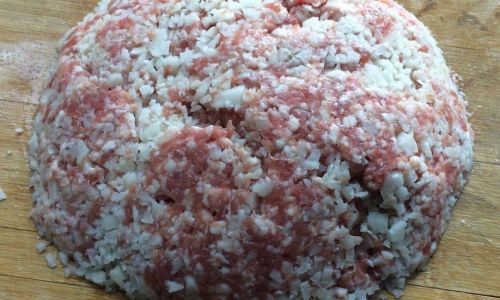
Next, add the soy sauce, sesame oil, Shaoxing wine, salt, white pepper, and a pinch of sugar to the pork mixture. Continue to mix until the seasonings are evenly distributed. Be careful not to overwork the meat, as this can lead to a dense texture. The goal is to create a flavorful, moist filling that holds together well.
Step 5: Incorporating the Lotus Root and Scallions
Once the pork is well seasoned, add the blanched and drained lotus root pieces to the bowl. Follow with the finely chopped scallions. Gently fold the ingredients together, being careful not to crush the lotus root pieces. You want to maintain their shape and crunch for the best texture in the final dumpling.
Step 6: Binding the Filling (Optional)
If you find that the filling is too loose or not holding together well, you can add a small amount of cornstarch or water chestnut flour. Start with a teaspoon and mix it in gently. Add more if necessary, but remember that too much starch can make the filling dense and heavy. The goal is to have a filling that holds its shape when formed into dumplings but is still moist and flavorful.
Step 7: Tasting and Adjusting
Before proceeding to wrap the dumplings, take a small amount of the filling and cook it in a microwave or on a stovetop to taste. This step allows you to adjust the seasoning if necessary. You may find that you want to add a bit more soy sauce, sesame oil, or even a pinch of sugar to balance the flavors.
Step 8: Preparing to Wrap the Dumplings
Once the filling is perfect, you are ready to wrap your dumplings. There are various techniques for wrapping dumplings, from the classic pleated fold to simpler methods like pinching the edges together. Choose a method that suits your skill level and preference. If you are new to dumpling-making, practicing with a few pieces of dough and filling before diving in can help build confidence.
Step 9: Cooking the Dumplings
There are several ways to cook dumplings, including boiling, steaming, and pan-frying. Boiling is the most straightforward method, requiring you to drop the dumplings into simmering water and cook until they float to the surface. Steaming preserves the dumplings’ shape and texture, making them lighter and healthier. Pan-frying, or “pan-searing” as it’s sometimes called, adds a crispy bottom and golden-brown exterior, enhancing both presentation and flavor.
Serving and Enjoying
Once cooked, your lotus root and pork dumplings can be served with a dipping sauce made from soy sauce, rice vinegar, sesame oil, and a touch of chili oil or sriracha for heat. Garnish with chopped scallions, sesame seeds, or a drizzle of chili oil for added flavor and presentation.
Conclusion
Making lotus root and pork dumpling filling is a rewarding culinary endeavor that combines the crisp sweetness of lotus root with the rich, savory taste of pork. By carefully preparing and blending the ingredients, you can create dumplings that are not only visually appealing but also bursting with flavor. Whether you choose to boil, steam, or pan-fry your dumplings, the key to success lies in the quality of the filling. With this guide, you’ll be able to create delicious lotus root and pork dumplings that will delight your family and friends. Happy cooking!
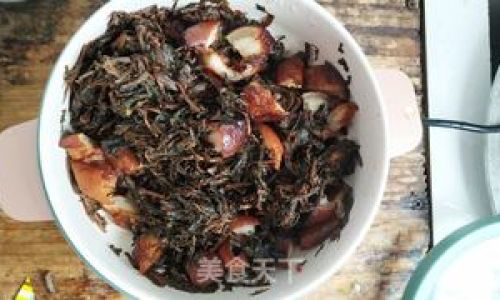
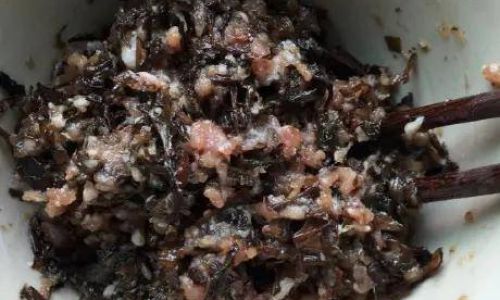
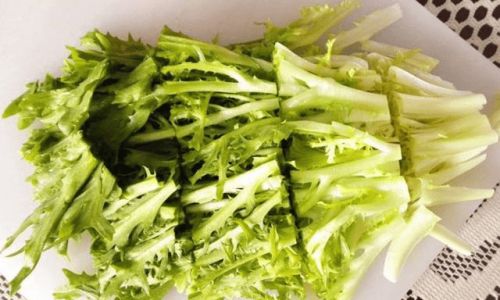

0 comments